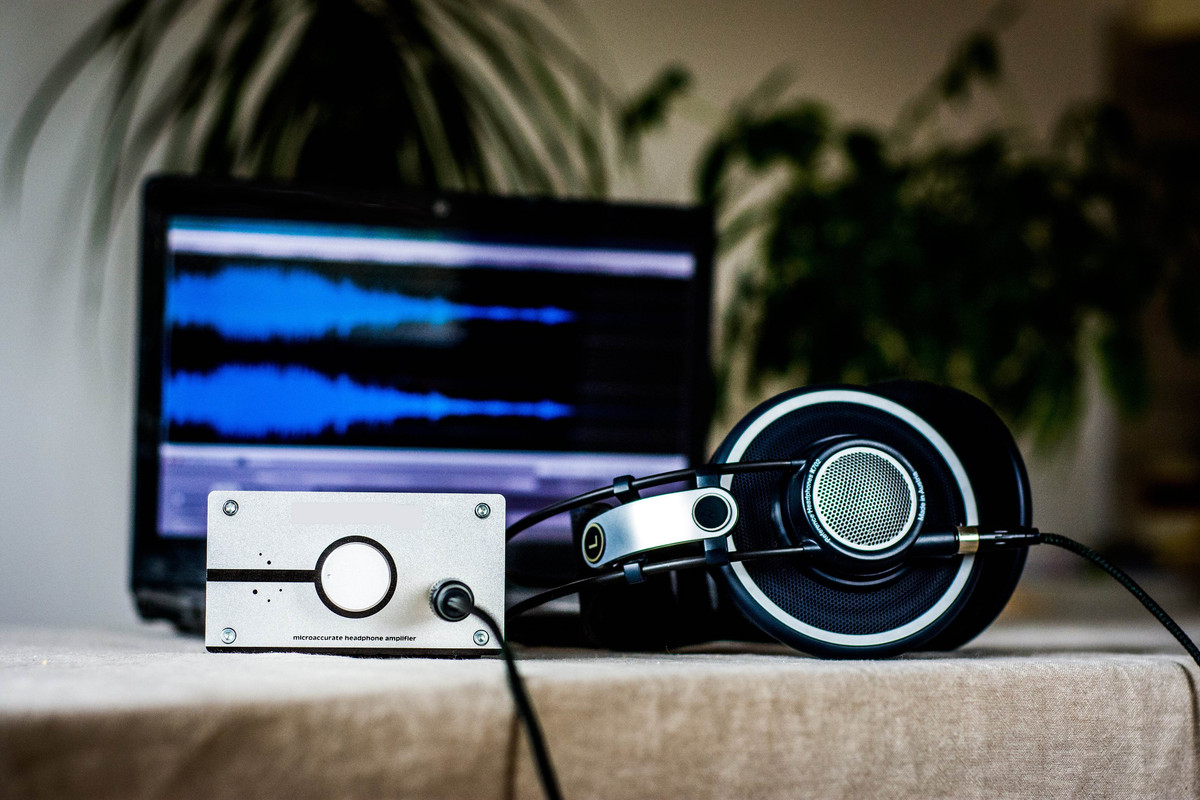Everything looks so simple while you're studying audio theory, but once you get practical, things change. Now, you spend more time fixing audio than doing anything else. You get recordings and you start treating them. Eventually, you just learn how to deal with (or prevent) issues and you move on. Take the noise floor for example, isn't it just annoying when you have an unwanted humming in your recordings? But do you really know what it is, where it comes from and how it affects your work and your music? More importantly, do you know how to prevent it? If these are questions you'd like answered, you're in the right place.

What is Noise Floor
In short, noise floor is generally the background noise you detect in a recording file. That noise is usually best detected when there is no other audio signal going along with it. When it comes to noise floor, keep always this in mind, the lower your noise floor, the better. But don't worry, that's a common issue, even for music professionals that have a home recording studio all carefully set up. Most cases there isn't much you can do to prevent it, because pretty much anything can generate a noise floor. From computer fans to noise from outdoors, even microphones and the preamp itself, everything can be picked up in your recordings.Scales used to measure it
We can measure the noise floor in many different ways, let's start with digital systems, as it uses the dBFS (Decibels, Full Scale) scale. As we know, the dBFS scale is used to measure volume of recorded audio, which we use the value of 0 dBFS for the loudest possible sound that could be captured. As a sound level decreases (gets quieter), we'll see the levels of the meter going from the 0 dBFS level to -10, -20, -30 and so on. The dBFS scale is usually used for input or output signals, to measure at the (digital audio) converter stage, in your soundcard. Another method of measuring noise floor is using a sound pressure level (SPL) meter. It measures sound in a dB SPL scale (similar to the dB scale) and it's often used in studios, to measure ambient noise.How to measure and analyze
If you dig a little deeper into the internet you'll find many solid ways to measure your noise floor. This guy's video is a very interesting one, goes from setting up the audio configuration on his DAW, to explaining the above mentioned dBFS scale. So now you've seen the scale and have analyzed the spectrum of a noise signal, that's pretty much it, simple, right? Note that you can find all sorts of analyzers on the internet. Not only can you measure the noise floor, but also to visualize the frequency its affecting your audio. For instance, I use the parametric EQ, a native plugin to FL Studio. Last, but not least, if you want a more analog approach to how measure noise floor, there is a very interesting YouTube video here.Wrapping up
Firstly, in audio interfaces, you can easily detect noise floor when your preamp gain is in max and nothing is connected to the input. In peripherals: same. In a simpler approach, it’s related to circuit noise and to the quality of the components you are using. For us to understand and analyze the subject a little further. The noise floor in recordings is limited by the audio bit depth you're using. Which means it can't be quieter than that. Due to the dynamic range limitation of the bit depth. Take those values for instance:- 16bits = -96dBFS
- 24bits = -144dBFS.
- each bit = 6db of dynamic range
How it affects the recording and final audio quality
So far we have established a few things. Most important (always worth mentioning), the lesser the noise floor, the better. And by noise floor I mean any undesired sounds on the recordings. So, why is it so important to minimize the noise? Hold on, I'm getting there. Below I'm going to list a few issues noise floors can cause:- May give you a hard time using dynamic plugins or peripherals;
- It may give you trouble setting up the compressor threshold, as the signal to noise ratio (SNR) is too low;
- Can give you issues using limiters. They will raise all low sounds (noise included) as a whole when you limit and turn up the make up gain.
Difference between dither and noise floor
I guess that at this point you have a good idea on what noise floor is. We've seen a lot of information so far, on what it does, how you measure it, etc... But although some people mistake the concept, dither is not noise floor. While you're working inside a digital audio workstation, your computer will be processing audio in a very high resolution. In newer DAWs, that resolution usually is in 32-bit floating point. Now, in order to burn that audio file to a CD, for instance, you have to reduce it. Everytime you reduce the resolution of the signal, to either 24-bit or 16-bit, you have what we call quantization error (a.k.a quantization noise). That noise you get as a result of that change in resolution. While noise floor is a signal you want to reduce, dithering goes in a opposite direction. In the dithering process you actually add noise. It may seem backwards but allow me to explain a little further. In this process, if you do it correctly, adding noise may actually have a pleasant end result. Actually, if you do it right, you might not even notice it's there. I believe that, by now, you should have both concepts clear, but here, let me share this YouTube video for a even better and complete understanding on the dither. In conclusion we can say that, nowadays, quantisation issues are much less significant. And if you're worrying about applying dither in the mix, don't, that's something that the mastering guy have to take care of. Just keep in mind that upsampling to higher bit depths do not reduce the noise floor. It will be proportionally applied (and that is a much higher noise than if the recording was first recorded on the higher bit depth).Tips for reducing noise floor
Now that you understand it, had it clear on how it differs from dither, let's see a few tips on how we can prevent issues from noise floor. Note that those tips won't solve everything, but they might help achieving low noise floor standards.- Always opt for high quality microphones and preamp;
- Isolate the microphone (as best as you can) from unwanted noises;
- Make sure your home recording studio has an appropriate acoustic treatment.

The screenshot shows a parametric equalizer being used to detect the noise floor frequency region so that you can treat (reduce) the noise.

